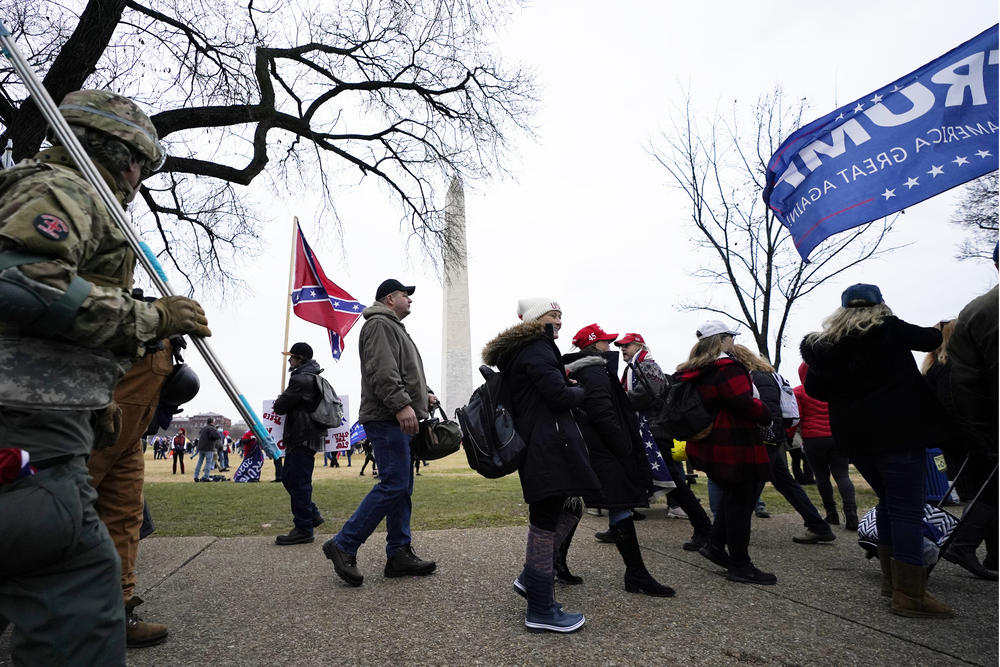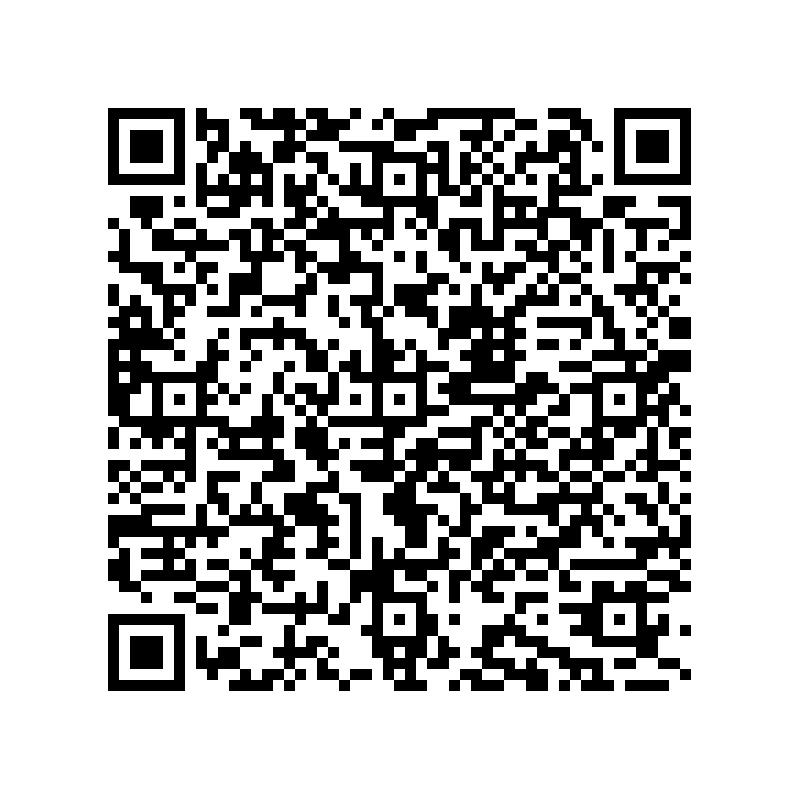
Caption
In this Jan. 6, 2021 photo, Trump supporters gather on the Washington Monument grounds in advance of a rally in Washington. Both within and outside the walls of the Capitol, banners and symbols of white supremacy and anti-government extremism were displayed as an insurrectionist mob swarmed the U.S. Capitol.
Credit: AP Photo/Julio Cortez, File




